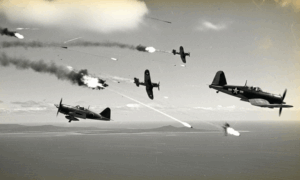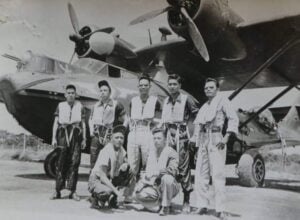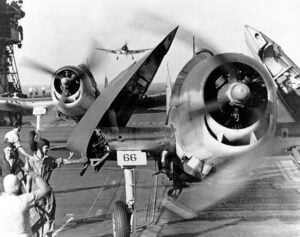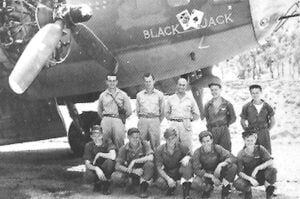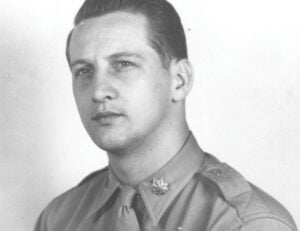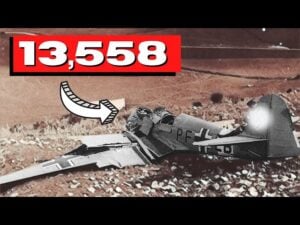Which Was The Best Fighter In Europe: P-47 vs P-51
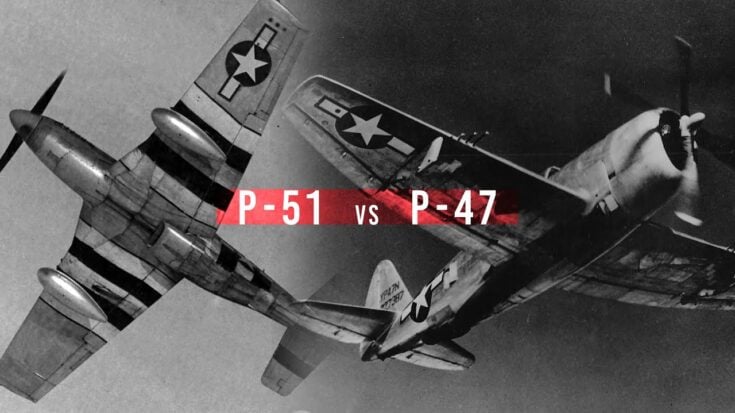
YouTube / Australian Military Aviation History
While the Pacific had the Corsair and Hellcat, Europe had its own legendary match-up—between the P-47 Thunderbolt and the P-51 Mustang. Both iconic in their own right, these fighters became vital tools in the Allied push to victory in the European skies. But which was truly the better machine?
Design Differences
The P-47 Thunderbolt was built around ruggedness. It was big, heavy, and powered by the air-cooled Pratt & Whitney R-2800 radial engine—the same used in the Hellcat and Corsair. The Mustang, in contrast, became legendary after being fitted with the Rolls-Royce Merlin engine (produced under license as the Packard V-1650), giving it high-altitude performance that rivaled anything in the Luftwaffe.
View this post on Instagram
Combat Records: Mustang Leads the Kill Count
The P-51 Mustang claims between 4,200 and 4,950 aerial victories in Europe, while the Thunderbolt sits at 2,600 to 3,700. That said, both were highly effective. The Mustang’s kill ratio is estimated at 10:1, versus the Thunderbolt’s 4.6:1. However, these numbers are debated due to record-keeping inconsistencies and the chaotic nature of air warfare.
View this post on Instagram
Speed, Climb, and Maneuverability
Both aircraft surpassed 400 mph at high altitudes, with the Mustang holding a slight edge, particularly at sea level. The P-51D could reach 440 mph and climb at 3,400 feet per minute, outpacing the P-47D’s 3,300 fpm. More critically, the Mustang handled better in dogfights—lighter, more nimble, and favored by most pilots.
View this post on Instagram
Range and Firepower
The P-51D had unmatched range, exceeding 1,600 miles with drop tanks, making it ideal for bomber escort deep into Germany. The P-47, while shorter-legged, could carry more fuel and even matched or surpassed the Mustang in range with later models.
Firepower-wise, the Thunderbolt packed a bigger punch—eight .50-cal machine guns and twice the ammo load of the Mustang. It could also haul up to 2,500 pounds of bombs, making it a formidable fighter-bomber.
View this post on Instagram
Survivability and Mission Versatility
This is where the P-47 shines. Its radial engine was tougher in combat; it could take hits and still bring pilots home. The Mustang, with its liquid-cooled engine, was more vulnerable to damage. The Thunderbolt’s rugged airframe and wide landing gear made it ideal for rough fields and dangerous close air support missions—something the Mustang struggled with during the Korean War.
View this post on Instagram
Final Verdict
In WWII’s European skies, the P-51 Mustang was likely the better fighter. Its agility, range, and kill performance made it deadly against the Luftwaffe. But the P-47 Thunderbolt wasn’t far behind. It was a flying tank—better suited to ground attack, bombing missions, and surviving hits that would doom other fighters.
Both aircraft were extraordinary in their own roles. The Mustang hunted the enemy. The Thunderbolt brought the firepower. And together, they dominated the skies over Europe.














